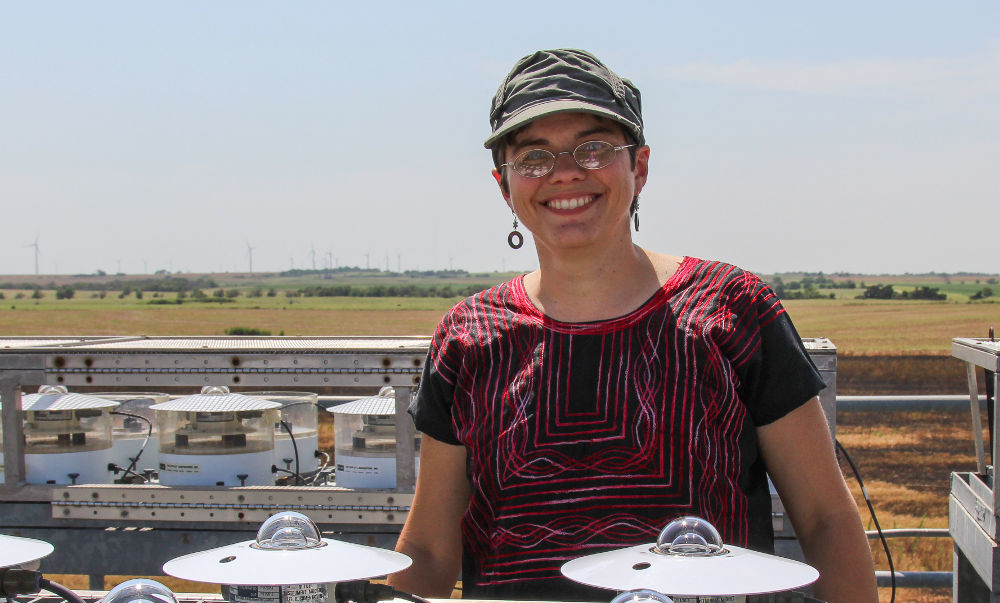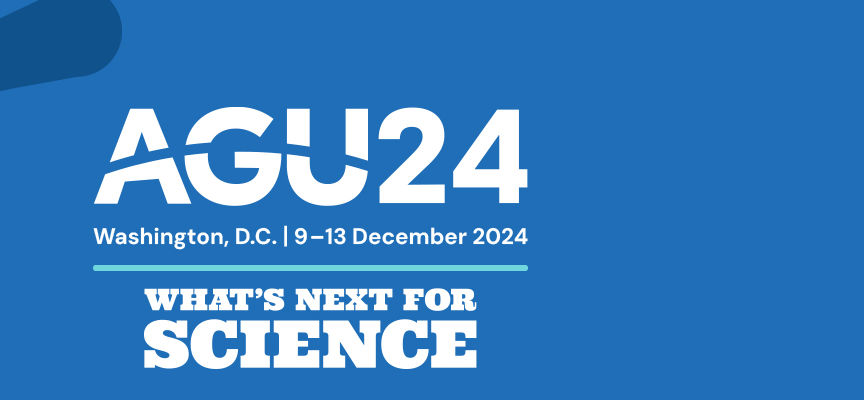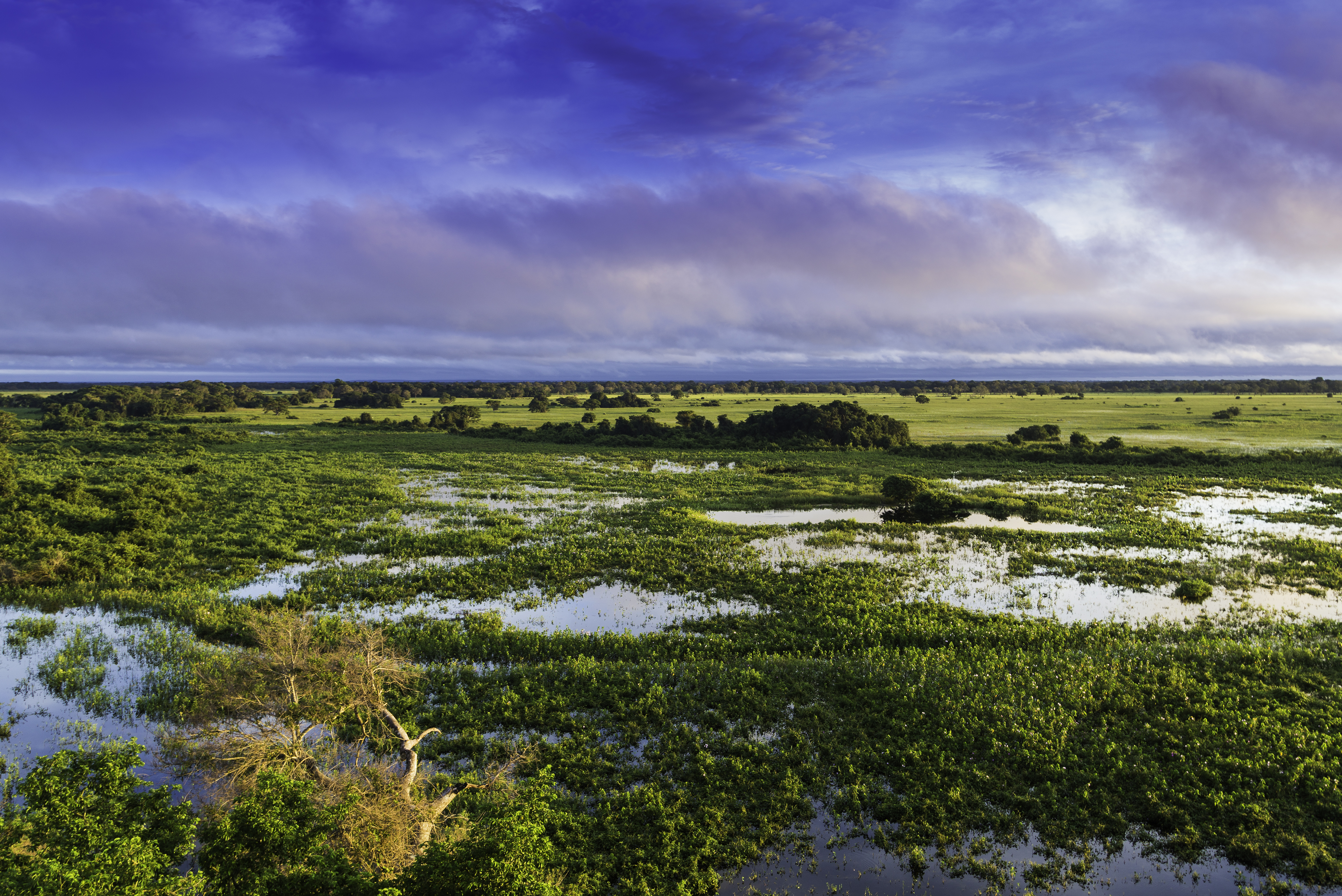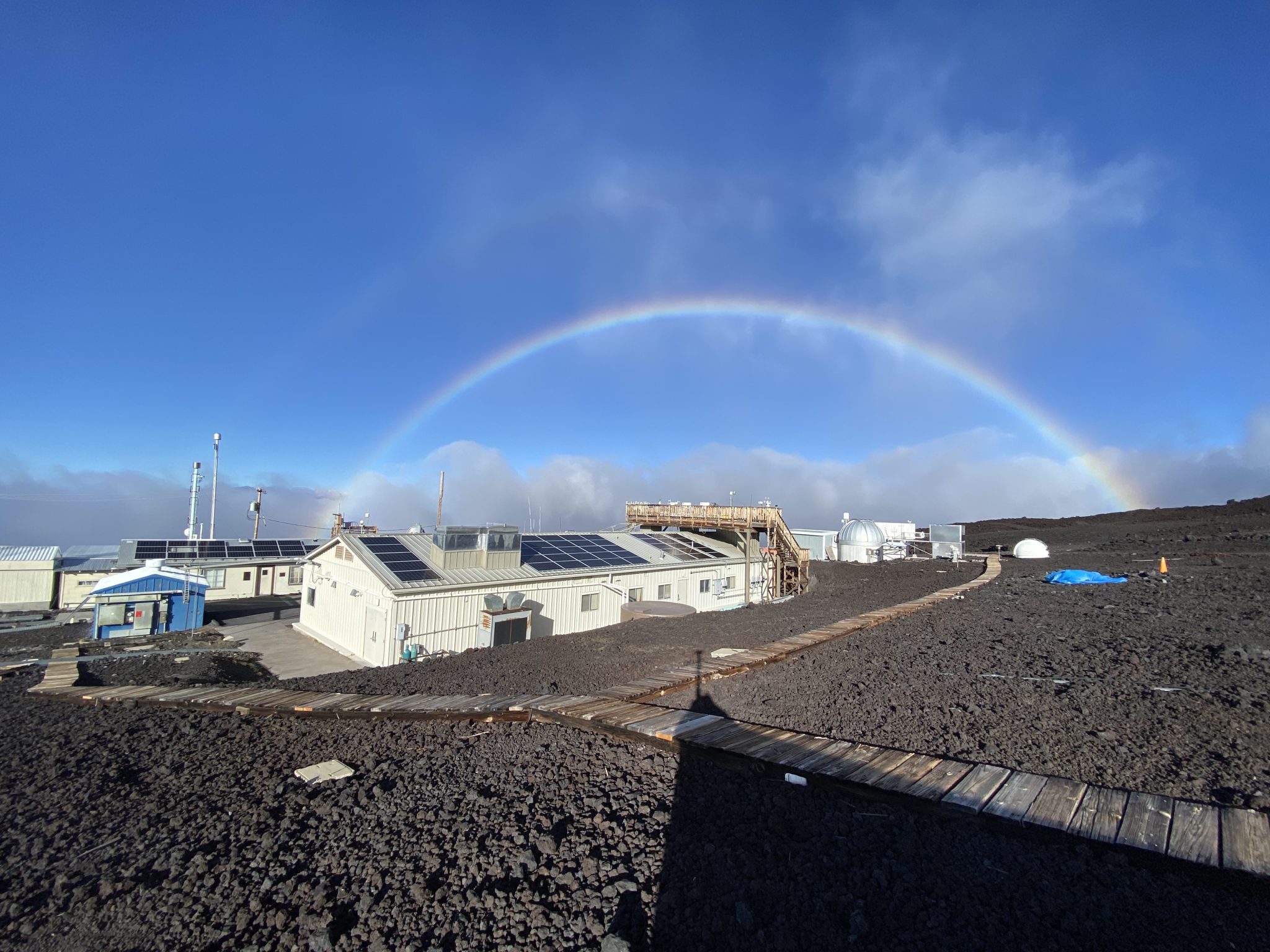News

December 19, 2024
A year of science and innovation: Reflections from 2024 on building a safer and more resilient nation
Changes in our weather, air quality, ocean, and Great Lakes continue to affect almost every aspect of society. Throughout 2024, NOAA Research has continued to study the Earth to better understand the challenges Americans are facing. Learn about how NOAA Research scientists are working to protect economic prosperity, national security, human and environmental health through our science and innovations.December 10, 2024
GML’s Laura Riihimaki Appointed Project Manager of the Baseline Surface Radiation Network
Laura Riihimaki, a scientist in NOAA’s Global Monitoring Laboratory, has been appointed as Project Manager of the Baseline Surface Radiation Network (BSRN), leading international efforts to make long-term, high-quality surface radiation budget measurements.December 4, 2024
GML highlights at AGU 2024 Fall Meeting
GML and CIRES researchers are presenting several talks and posters at the 2024 Fall Meeting of the American Geophysical Union and collaborating on many more.December 2, 2024
NOAA’s GOES Satellites Can Provide Quicker Detection of Large Methane Emissions
Innovative use of NOAA’s geostationary satellites (GOES) has given scientists a new way to detect large methane emissions faster and more accurately. NOAA scientists say the experimental verification of GOES methane data will lead to faster, more complete data on the location—and amount—of methane emissions and successful mitigation efforts, when there are accidental leaks.November 13, 2024
No sign of fossil fuel pollution peak as the world falls further behind climate targets
Emissions of carbon caused by fossil fuel pollution continued to grow slightly in 2023 to 36.8 billion metric tons of carbon dioxide, setting yet another new record despite increasingly urgent warnings from scientists about the need for steep and immediate decreases. NOAA provides about a quarter of all the atmospheric CO2 observations and about half of all the surface ocean CO2 observations used in the analysis.November 4, 2024
NOAA experts on the ground at COP29, U.N.'s annual summit to advance global action on the climate crisis
NOAA leaders and climate experts will participate as part of the U.S. delegation to the 29th United Nations Conference of the Parties (COP29) being held in Baku, Azerbaijan, from November 11-22. Annual U.N. COP climate summits bring nations together to discuss the intersection of climate science and international policymaking.October 30, 2024
2024 Antarctic ozone hole ranks 7th-smallest since recovery began
Healing continues in the atmosphere over the Antarctic: A hole that opens annually in the ozone layer over Earth's southern pole was relatively small in 2024 compared to other years. NOAA and NASA scientists project the ozone layer could fully recover by 2066.October 21, 2024
Microbes, not fossil fuels, drove methane growth between 2020–22
Microbes in the environment, not fossil fuels, have been driving the recent surge in methane emissions globally, according to a new, detailed analysis published Oct 21 in the Proceedings of the National Academy of Sciences by CU Boulder researchers and collaborators.October 1, 2024
Photo feature: ‘The sun is finally back' at the South Pole
On September 20, after six months of darkness, the return of the sun at the South Pole signaled the arrival of spring in the Southern Hemisphere. For scientists at NOAA’s South Pole Atmospheric Baseline Observatory (SPO), located at the Amundsen-Scott South Pole Research Station, that’s a welcome sight.July 23, 2024
NOAA and United Airlines partner to measure greenhouse gases, pollutants with high-tech flight instruments
NOAA and United Airlines have announced an agreement to equip a Boeing 737 with a sophisticated instrument package that will measure greenhouse gases and other pollutants during domestic flights. It’s a first step in establishing a partnership that could significantly improve monitoring of carbon dioxide, methane and other greenhouse gases, as well as improving the accuracy of weather forecasts in the United States.June 28, 2024
Understanding the basics of carbon dioxide
As atmospheric greenhouse gas levels continue to rise, it is important to understand the basics of what these gases are, how NOAA monitors them, and what they mean for our global climate. Continue reading to learn all about carbon dioxide and why it keeps making headlines.June 24, 2024
Biden-Harris Administration awards $4.9 million to advance drought monitoring and prediction in U.S. West through the Investing in America agenda
Today, the NOAA announced $4.9 million in funding for the agency’s labs and research partners to improve drought monitoring and prediction in the American West. This research combines $3.1 million in funding from NOAA’s National Integrated Drought Information System (NIDIS) program and $1.8 million from the Inflation Reduction Act to improve decision-makers’ capacity to protect life, property and ecosystems in the region from drought.June 13, 2024
A class of ozone-depleting chemicals is declining, thanks to the Montreal Protocol
New research by a team including current and former NOAA-affiliated scientists has shown that atmospheric concentrations of a class of ozone-depleting chemicals used as refrigerants, foam blowing agents and solvents peaked in 2021 and are now beginning to decline as nations comply with restrictions called for by the Montreal Protocol.June 12, 2024
Nitrous oxide emissions grew 40 percent from 1980 to 2020, accelerating climate change
Emissions of nitrous oxide, the third most important human-made greenhouse gas, rose 40 percent from 1980 to 2020, according to a new report by the Global Carbon Project. The new study, published today in the journal Earth System Science Data, finds nitrous oxide is accumulating in Earth’s atmosphere faster than at any other time in human history.June 6, 2024
During a year of extremes, carbon dioxide levels surge faster than ever
Carbon dioxide is accumulating in the atmosphere faster than ever — accelerating on a steep rise to levels far above any experienced during human existence, scientists from NOAA and the Scripps Institution of Oceanography offsite link at the University of California San Diego announced today













.png?h=bd90e97c&itok=b353ke6f)